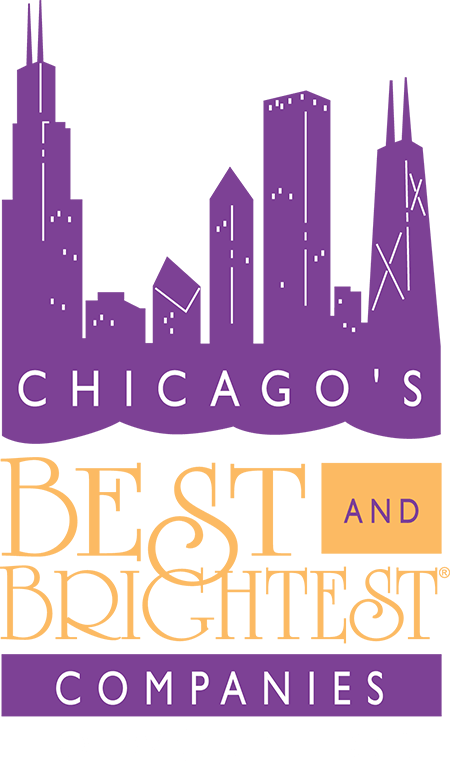After a pedestrian accident, take steps to protect yourself. You may have serious medical issues and must ensure you get prompt treatment. You may also have legal issues, as you can pursue a claim for compensation after certain collisions. An experienced pedestrian accident lawyer can provide advice on steps to take after a pedestrian collision.
What to Do After a Pedestrian Accident
Following a pedestrian accident, take these steps to protect yourself:
- Contact the police. 911.gov lists motor vehicle collisions as a time when people should call 911, especially if someone is hurt. This includes situations where you are a pedestrian in an accident and a car has struck you. If no one is hurt, the collision should still be reported (call the non-emergency number for the police if necessary). Injuries may arise later, even if you initially believe you are not hurt. Calling the police makes it possible to document the accident and get a collision report.
- Seek medical attention. Mayo Clinic warns symptoms of a brain injury may be delayed and symptoms of a concussion may be subtle. Getting medical attention makes it possible to document accident injuries so you can later prove how badly being struck by a car hurt you.
- Obtain contact and insurance information from the driver. The motorist who hit your vehicle may become responsible for covering losses and damages resulting from the pedestrian collision. You need to be able to get ahold of the individual and seek compensation from his insurance company. If the driver is unwilling to provide you with information, write down his license plate. The police should be able to obtain insurance information at the accident scene or can follow up using license plate information if the driver does not stop or wait for the arrival of an officer.
- Obtain contact information from witnesses. If anyone observed the driver striking your vehicle, they can provide information to police when asked about how the crash happened. When you subsequently make a case for compensation after the collision, the witness statements obtained may be useful in helping to show the driver was at fault for harming you.
- Alert your own insurance company to the accident. If the driver was responsible for harming you, your losses should be covered by their insurer. Sometimes, drivers have insufficient insurance or no insurance at all despite legal requirements to maintain minimum coverage. If the other driver is unable to pay, coverage for losses is sometimes available through a claim with your own uninsured or underinsured motorist coverage.
- Consider pursuing a claim for compensation. Pedestrian accidents routinely caused serious or deadly injuries including traumatic brain injury or paralysis resulting from spinal cord damage. A claim for compensation makes it possible for you to recover funds from those responsible for causing the collision.
Taking all appropriate steps after a collision is important to protect your future. When you were hit by a car, be sure you understand your rights.















